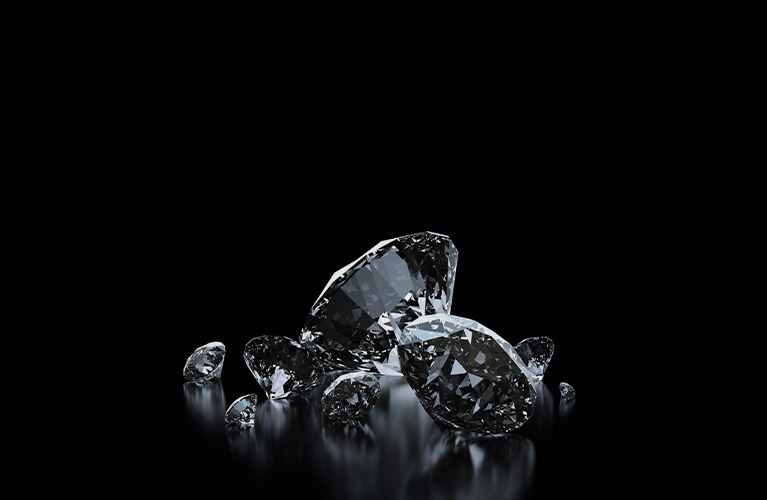
Here’s a gem that needs no introduction but certainly deserves all the appreciation that comes its way. From being born deep within the Earth’s crust to rising above and getting adorned by millions of admirers is no small feat. This precious gem’s journey from a humble carbon to a brilliant and prized possession is truly inspiring. In this article, we’ll uncover all the aspects that make a diamond a proof of nature’s finest alchemy.
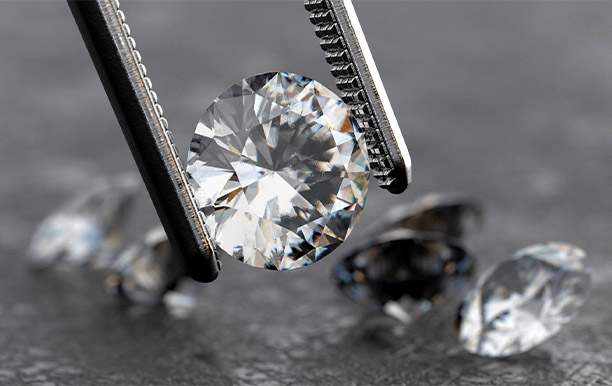
It’s All in The Name
Have you ever wondered where this gem gets its name from? The word “diamond” is originally derived from the Greek word “Adamas,” which translates to “unconquerable” or “invincible.” This is quite fitting, considering diamonds are known for their exceptional hardness. A rating of 10 on the Mohs scale of mineral hardness indicates that it’s one of the hardest natural substances found on Earth. This is also one of the reasons a diamond engagement ring is often considered the perfect symbol of love and commitment that stands the test of time.
How Exactly Does a Carbon Turn into a Diamond?
Diamonds undergo a fascinating journey before they become the sparkling gems we know today. Their birth takes place deep beneath the Earth’s surface, under truly extreme conditions. We’re talking about intense pressure (50,000 times that at the surface) and scorching temperatures (around 1600°C), which causes carbon atoms to bond together in a unique crystalline structure, forming what we know as diamonds. These diamonds and the rocks they’re embedded in slowly move closer to the Earth’s surface through geological processes like volcanic eruptions. Once closer to the surface, rough diamonds can typically be found in Kimberlite pipes, which are vertical columns of volcanic rock. They are then extracted through various mining methods.
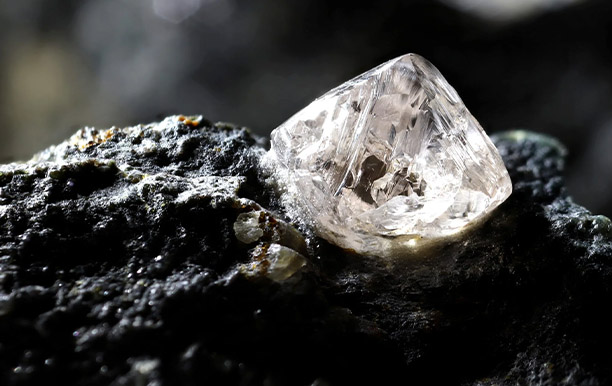
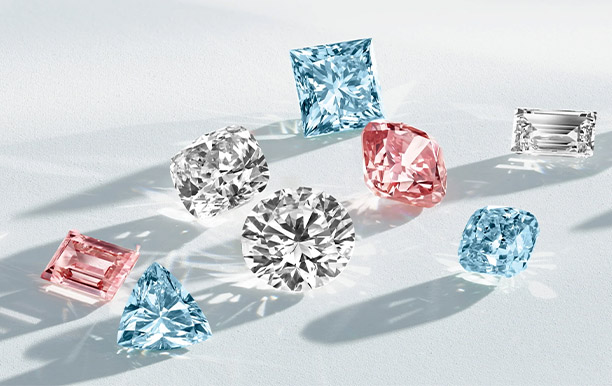
White or Colourless?
Once extracted, rough diamonds undergo sorting and grading processes to separate them based on size, shape, colour, and quality. Usually, the ones we term “white diamonds” are actually colourless or near-colourless. They are extremely sought-after thanks to their ability to allow maximum light to pass through, thereby showcasing their clarity and creating the brilliance that diamonds are loved for. But natural diamonds can also occur in a mind-boggling variety of fancy colours – from canary yellow and intense blue to earthy brown and vivid pink. It all depends on the presence of different trace elements or structural defects present during their formation process. Naturally occurring coloured diamonds, especially blue, pink, and even red, are pretty rare, which is directly reflected in their often exorbitant price.
How Can You Tell a Real Diamond from a Fake?
The ever-growing demand for diamonds has resulted in the development of several synthetic gemstones like cubic zirconia and moissanite. To the untrained eye, it will be virtually impossible to distinguish these stones from a real diamond. While traditional methods like visual inspection, conductivity tests, and UV light tests can provide some clues, they may not always be accurate. Therefore, relying on professional certification from reputable gemological laboratories and seeking expert evaluation from qualified jewellers or gemologists remains the most reliable way to find out the authenticity of a diamond and ensure its value amidst the growing availability of diamond simulants.

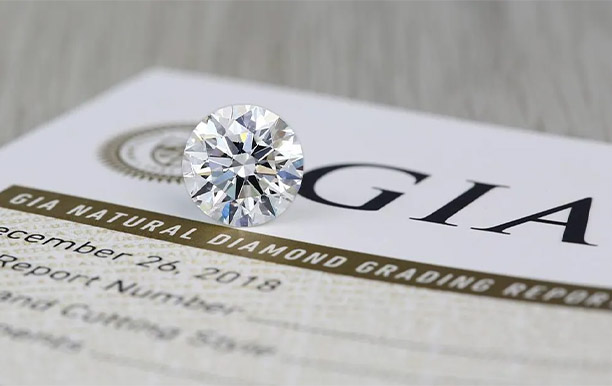
Diamond Certification
It is possible that while buying diamond jewellery, you may come across brands that provide the certificate of authenticity based on research and analysis done by an in-house team of gemologists. However, we recommend only buying loose diamonds or natural diamond jewellery backed by certification from distinguished laboratories like the Gemological Institute of America (GIA) and the International Gemological Institute (IGI). These well-renowned organizations have stringent standards and protocols for evaluating diamonds, ensuring accuracy and reliability in their certifications.
Important Tips to Keep in Mind When Buying Natural Diamonds
- Certification is Crucial: As mentioned earlier, always opt for diamonds certified by highly regarded gemological laboratories such as the Gemological Institute of America (GIA) and the International Gemological Institute (IGI). These certifications will provide detailed information about the diamond’s important characteristics, including its cut, clarity, color, carat weight, and any treatments it may have undergone.
- Know the 4Cs:Before you start shopping for diamonds, make sure to do your homework on the 4Cs of diamond quality, i.e., cut, colour, clarity, and carat weight. It’s important to understand how each of these factors contribute to the overall appearance and value of the diamond.
- Set a Budget: Determine your budget beforehand and stick to it. Diamonds come in a wide range of prices, so it’s essential to establish a realistic budget based on your financial situation and desired diamond characteristics.
- Quality over Size: While owning a big diamond may seem tempting, it’ll be wise to focus on the quality of the diamond rather than its size. A smaller diamond with excellent cut, clarity, and color can often appear more brilliant and beautiful than a larger diamond with flaws.
- Does Ethical Sourcing Matter? If ethical considerations are important to you, look for diamonds that are certified as conflict-free and ethically mined, or opt for lab-grown diamonds as a sustainable alternative.
Most Importantly, Choose a Trustworthy Retailer:
To ensure you get high-quality diamond jewellery, it’s crucial to only shop from a well-renowned and trustworthy brand like Skygem & Co. Situated at shop 46 Royal Arcade, 335 Bourke Street, Melbourne VIC 3000, our showroom offers both contemporary and classic natural diamond jewellery, including diamond studs, earrings, pendants, diamond necklaces, and gorgeous diamond tennis bracelets. All our natural diamonds are certified by the Gemological Institute of America (GIA), so you can shop with confidence. And if you prefer sustainable luxury that doesn’t compromise on beauty and quality, then our International Gemological Institute (IGI) certified lab diamonds will be perfect for you.

